Disclosure: Meeple Mountain received a free copy of this product in exchange for an honest, unbiased review. This review is not intended to be an endorsement.
If you’ve ever dreamed of shaping an entire world – choosing the location of continents, deciding where animals live, and raising up entire mountains – then Ecos: First Continent is the game you’ve been waiting for. In this simultaneous-play engine-builder, players collect the elements of life itself and use them to do their bidding. But watch out because your opponents are trying to do the same.
Alderac Entertainment Group has given us a flood of new games this year with Point Salad, Curios, and Tiny Towns. Let’s dive into my review of Ecos: First Continent and see if this newest title has life!
Ecos: First Continent Overview
In Ecos: First Continent players are competing to build their preferred world by collecting elements from a shared bag. Use these elements to place land masses and oceans; populate mountain, forest, and grassland habitats with creatures of all sorts, and hopefully score lots and lots of points. Ecos: First Continent is an engine-builder in which your engine changes over the course of the game as you make decisions about your new world.
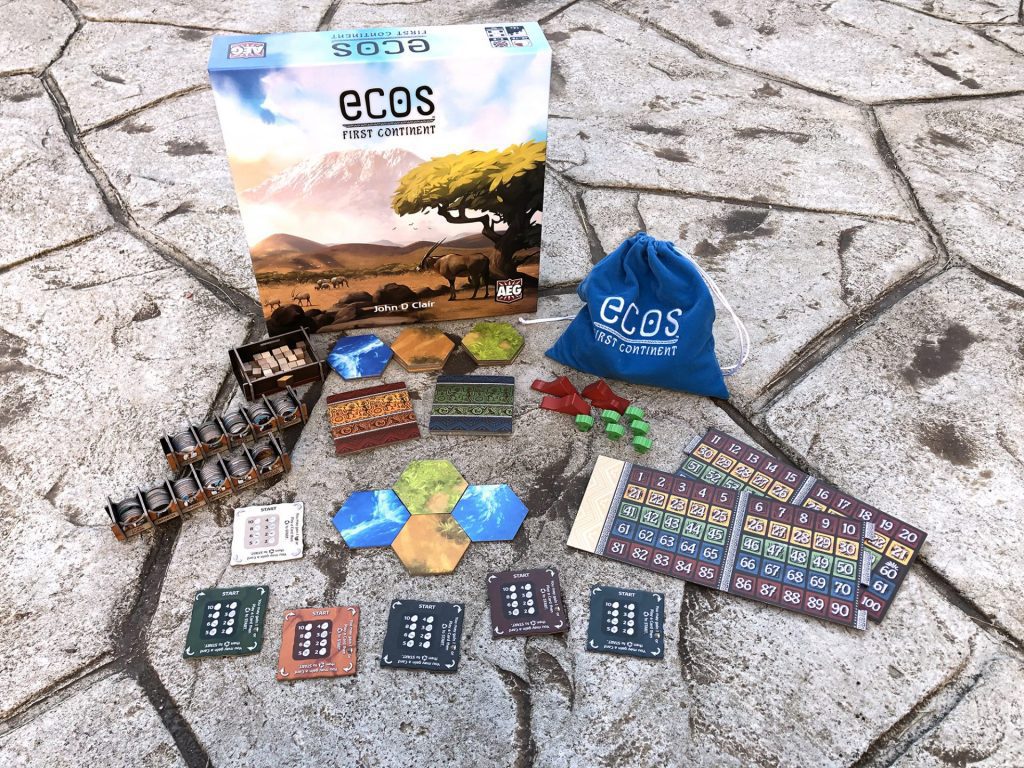
The Genesis of the Game; Setting Up Ecos: First Continent
Ecos: First Continent has lots of moving parts, but once the game gets going it flows pretty smoothly. To set up the game create a stack of all hexagonal landmass tiles and place them to the side along with the animal tokens, mountains, trees, and energy cubes. There are guides in the book to help you create the starting world, or you can create your own setup if you’d prefer.
Give each player a dial token in their color with the side marked Start oriented at the top, 7 energy cubes, and a starting deck of cards (selecting three to lay onto the table in front of themselves). Finally, select a start player and give them the element bag and you’re ready to go.

A Word About Starting Decks
Ecos: First Continent provides a nice onramp for new players. Separate the deck into groups, using the footprints in the bottom left corner. Not all cards have them, but there will be one complete set for each of 6 players. This gives players something to start with, as well as a bit of randomization. Experienced players can try some of the other preset decks using the leaf icon in the lower right corner or simply draft cards using the rules found in the book. Any of these will give players a great starting deck.
If players are using the starter decks, each player should pick the 3 cards in their deck which have icons printed darker than the others. If drafting, shuffle your deck and draw three cards from the top.

Around the World We Go
The game of Ecos: First Continent is played in rounds, each of which is driven by the element bag. The starting player will begin drawing element tiles from the bag one at a time (two at a time in a two-player game). As each tile is drawn, they should lay it in front of them and announce it to the table. Each player, at the same time, should then do one of two things.
Place an energy cube – If a player has available energy cubes, they can take one of them and place it onto a space matching the icon just drawn. If this causes one of their cards to be filled up, they must announce it to the table by saying “Eco”.
Rotate your dial token – If a player has no energy cubes, no matching icons, or simply chooses not to place a cube, that player may rotate their dial token one turn clockwise. If that exposes the “gain 1 cube” or “gain 1 card” sides the player may choose to do those actions immediately or wait until later.
The active player continues to draw tiles from the bag until they’ve drawn one of the two wild tiles, at which time the round ends, and the next player takes the start player role.
The Element Bag
The element bag contains 40 tiles with 8 different elements. Each of them has a different distribution which means the odds of drawing the wild tile is pretty low at first. But as the draws continue, the tension mounts.
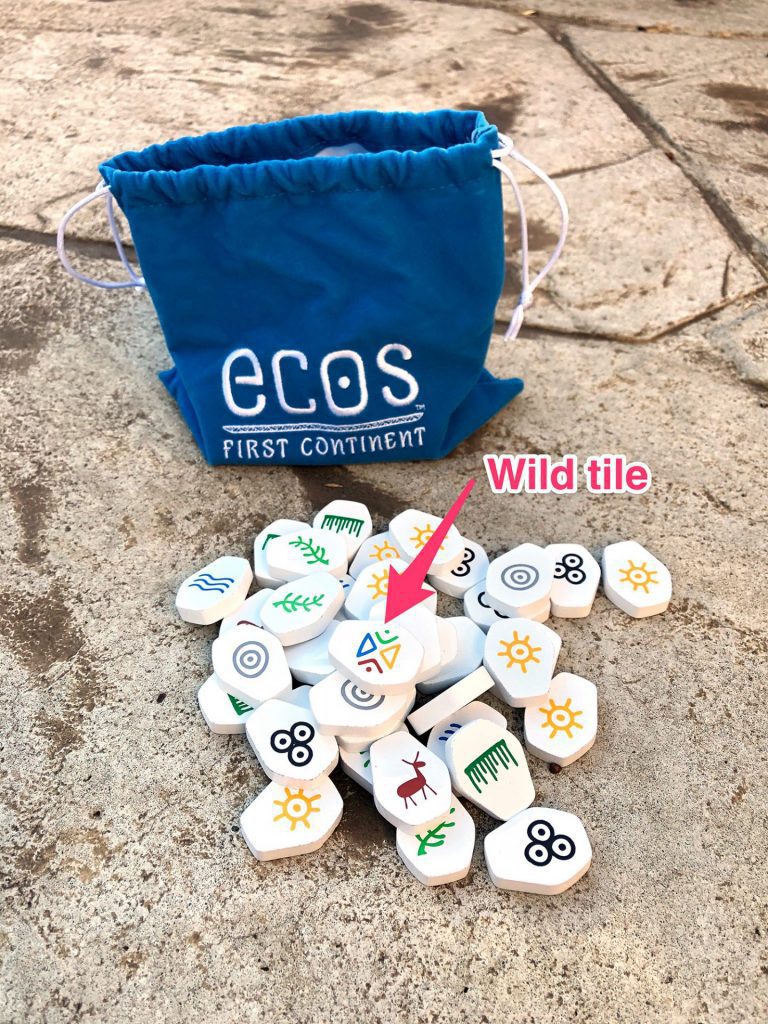
Completing a Card
If any player announces Eco, then in turn order, beginning with the start player, players may complete their card, finishing all applicable actions on the card. Completing cards is the meat of the game, and how players will score all of their points. In the example below, 5 tiles have been drawn. The player’s dial token has been rotated once, and 4 cubes have been placed, allowing the player to complete their middle card.

There’s a large number of potential actions a player might take after completing a card including adding or removing land tiles, adding or removing animals, or adding mountains or trees to the growing board. The completed card above allows the player to add a jungle or grassland tile to the board, gain two points, and gain two additional points for every mountain which is near the tile they just placed.
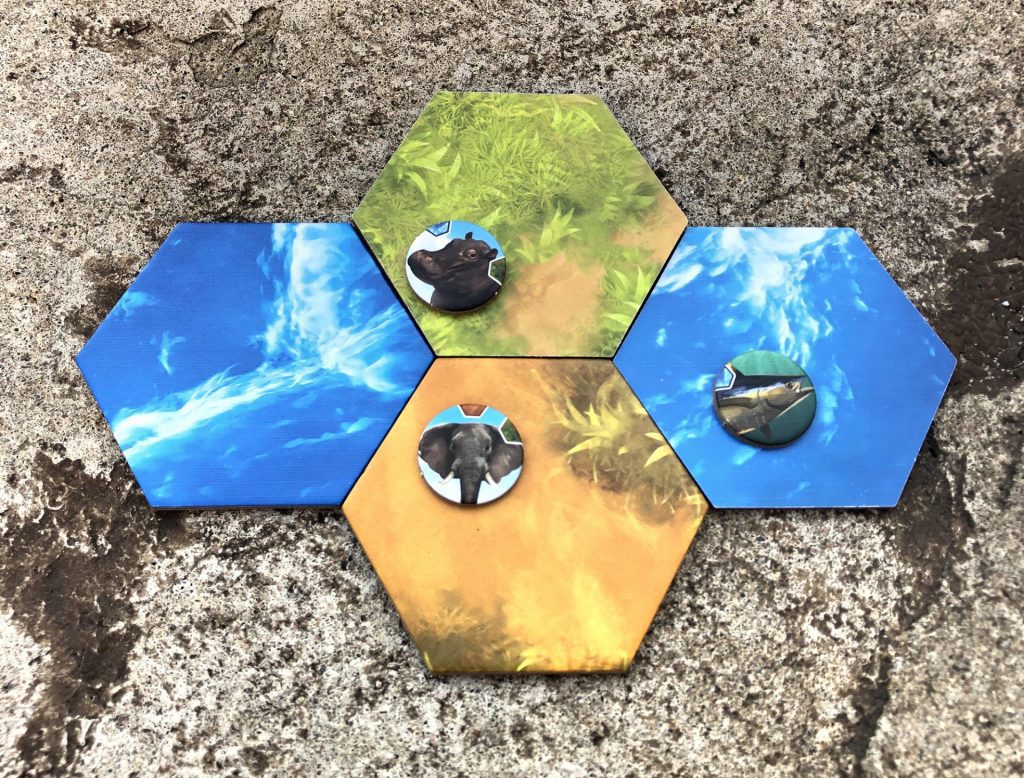
Most tiles follow that same pattern, and almost every tile provides points to the player. Some cards are easy to complete, taking only a few common elements, while other cards take 5 or 6 rare elements. The payoff to waiting for the tough cards is usually worth it though.
As I mentioned earlier, this is an engine-building game in which your engine is constantly evolving. After completing a card remove all energy cubes and place them back into your personal play area, then rotate the card clockwise one turn. You’ll note that every card edge has one or more leaf symbols on it which act as a countdown timer for every card. If, after rotating the card, there are no more leaf symbols at the top, the card must be discarded. Most cards have 2 or 3 symbols, but more powerful cards have only a single leaf, making that card a single use card…choose well how you’ll play it.

A Benevolent Deity
One of the best things about Ecos: First Continent is the freeform nature of the play area. While players begin with only 4 hexes, the board will morph and change over time. New lands will emerge and new seas will form…and you get to dictate that. Do you want hippos or lions, fish or manatees? Rhinos or elephants? Will you migrate the antelopes towards the east, only to devour them with a well-timed cheetah card on your following turn? Or will you raise mountains and forests and provide a habitat for troops of gorillas? While you are limited by the cards you have available to you, gaining new cards is painless, and clever players can adapt their strategy to the board’s ever-changing state.
End of the Round, End of the Game
Even though Ecos: First Continent can handle up to 6 players, games don’t take as long as you might expect thanks to the simultaneous element placement. Depending on player count you’ll play to either 60 or 80 points, but even then the game isn’t over until a wild tile is drawn during the round in which someone hits the scoring limit. After that, someone gets to celebrate victory. You’ve earned it: world building is hard work!
Final Thoughts
Alderac Entertainment Group has so far put out some of my favorite games of 2019. Point Salad, Curios, Tiny Towns, and now Ecos: First Continent! It’s like they’re making games just for me!
But let’s not be too hasty with the praise. While Ecos: First Continent is an excellent game, it’s got some glaring flaws. Thankfully they’re minor, but they’re worth pointing out.
Components
Ecos: First Continent has some pretty stellar bits and bobs. The world tiles are really thick, and quite large, about 3in across. I like that even though there’s 75 tiles in total, they don’t all look the same. Even the tiles with the same terrain type have slightly different artwork; a nice touch. It’s odd though that the grassland tiles are slightly thicker than the other tiles.
The animal tokens are cleverly held in place by a cardboard corral, one which needs to be assembled before first play. Each animal token is easy to identify by picture, and has icons that identify which terrain types are valid for that animal. I wish the icon showing the terrain types were a little larger though.
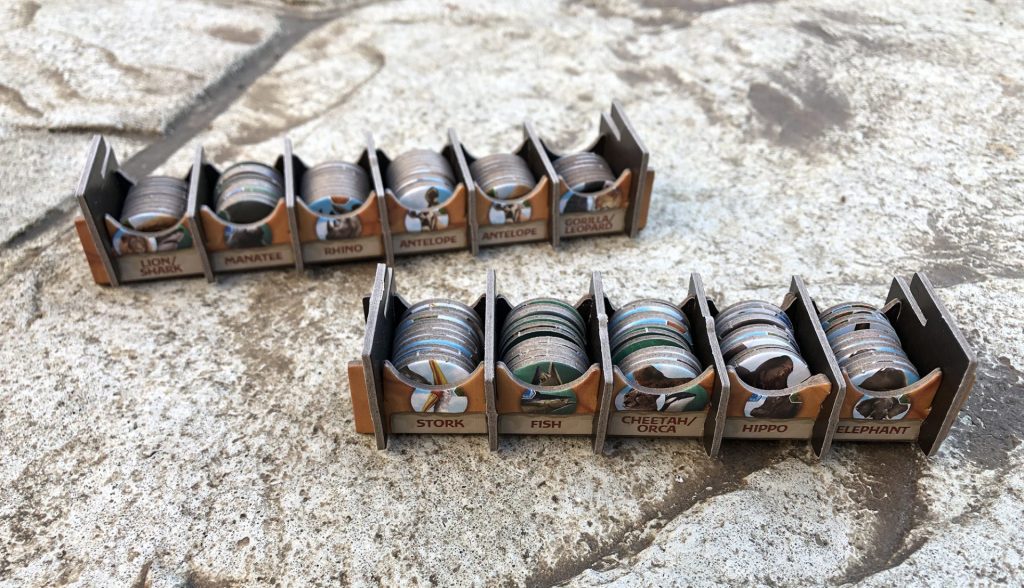
The elements and bag are top notch as befits the components you’ll be handling the most. The wooden tokens are large and chunky with clearly painted elements. The bag is large enough for large hands like my own to reach inside.
The iconography on the cards is easy to get once you’ve gone through a few turns, but a bit tricky at first. Some of the language in the rulebook is a bit vague and we had to clarify in some online forums. The cards themselves are about 3in square and made of high quality card stock, but they’re not quite flat which leads to one of the more annoying issues in the game. The cards sit in front of you for many turns and since they’re ever so-slightly bowed they’re a bit too easy to rotate. That can lead to knocking them about…which is pretty impactful to the game if you don’t notice.
Speaking of rotating: that’s one of the biggest frustrations we had. Because you’re rotating the cards to keep track of how many times they’ve been used, you’re constantly having to turn them back around so that you can read them. Like I said, it’s not major, but it feels like a design flaw to me.
Perhaps the biggest frustration though is the lack of any sort of storage option. After playing games like Point Salad, Curios, and Tiny Towns, each of which has excellent storage options, Ecos felt barren. Other than the animal token holders there’s nothing. To be clear, bags were provided, but after these other games, I expected better from AEG.

It would have been nice to have something, anything, to keep those hex tiles from wandering all over the box. There’s plenty of games that look like this, but it’s surprising given that Ecos is one of the bigger games for AEG this year.
In Closing
Yes, Ecos: First Continent suffers from a few minor flaws, but they certainly won’t stop you from enjoying the game. Ecos is an great game with gorgeous artwork, clever thinky gameplay, and a play time that will still leave your night free. Ecos is available soon in stores, and I suggest you check it out for yourself.


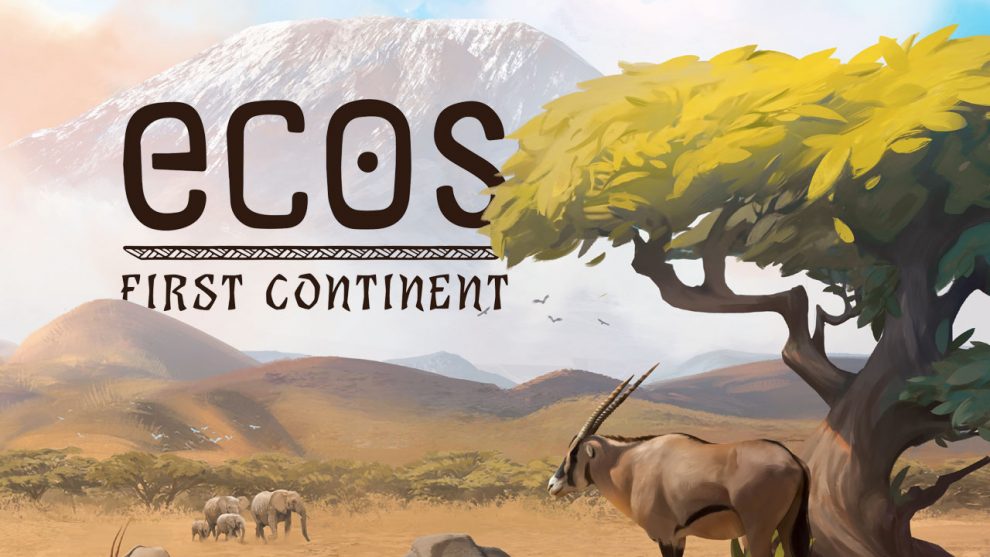


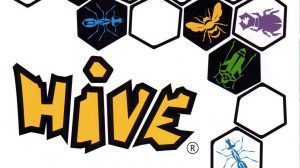





Add Comment